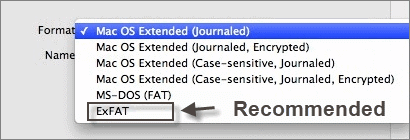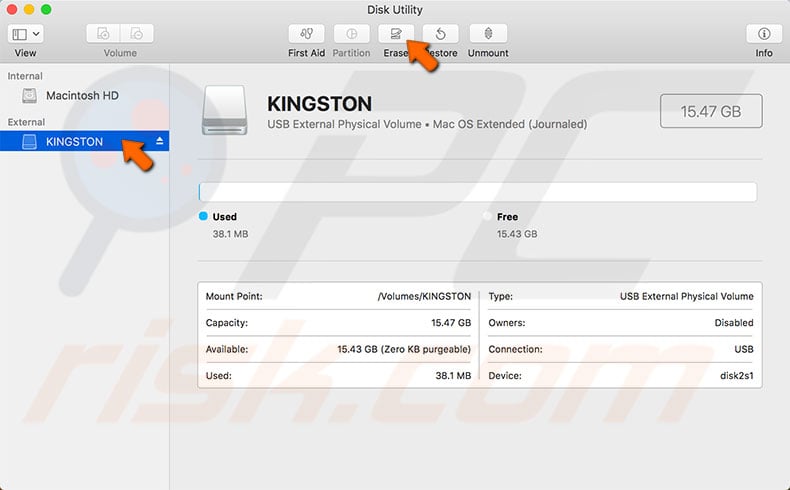

- #Mac format utility for pc for mac
- #Mac format utility for pc mac os
- #Mac format utility for pc software
Look into the Mac port of the NTFS-3G project if you need to write to NTFS disks from your Mac. Apple machines can natively read NTFS volumes, but they can’t write to that file system without third-party software. * Microsoft recommends their NTFS format for large Windows-compatible disks. At least, it did until last week, when I discovered a quirk in the MacOS Disk Utility that allowed me to create a FAT32 volume that would not mount on Windows. I frequently use MacOS to format FAT32 volumes, and that feature has historically worked for me without a hitch.
/GettyImages-471646522-5bf4b3c84cedfd0026351720.jpg)
#Mac format utility for pc mac os
In fact, when it comes to working with FAT32 partitions, Mac OS can do something natively that Windows cannot: MacOS can format FAT32 partitions larger than 32 GB. That feature helps keep my tool kit a little lighter and my life a little simpler.
#Mac format utility for pc software
Since Macs can read and write to FAT32 partitions, * I can keep software and utilities for both operating systems on a single drive.

There are a few features in the MacOS that I rely on to make my double life a little easier, one of those being the built-in support Apple computers have for Windows volumes. I support both Macs and Windows machines, so I spend a lot of time running between systems. Read on, support pros, and save yourselves from future headaches. Avoiding the same problem is easy once you have an understanding of how Apple's formatting tool works. Each volume within an APFS container can have its own APFS format-APFS, APFS (Encrypted), APFS (Case-sensitive), or APFS (Case-sensitive, Encrypted).A quirk in the Apple Disk Utility allowed me to create a FAT32 volume that would not mount in Windows. You can easily add or delete volumes in APFS containers. For example, folders named “Homework” and “HOMEWORK” are two different folders. For example, folders named “Homework” and “HOMEWORK” are two different folders.ĪPFS (Case-sensitive, Encrypted): Uses the APFS format, is case-sensitive to file and folder names, and encrypts the volume. Choose this option if you don’t need an encrypted or case-sensitive format.ĪPFS (Encrypted): Uses the APFS format and encrypts the volume.ĪPFS (Case-sensitive): Uses the APFS format and is case-sensitive to file and folder names.
#Mac format utility for pc for mac
Each volume uses only part of the overall container, so the available space is the total size of the container, minus the size of all the volumes in the container.Ĭhoose one of the following APFS formats for Mac computers using macOS 10.13 or later.ĪPFS: Uses the APFS format. If desired, you can specify reserve and quota sizes for each volume. When a single APFS container has multiple volumes, the container’s free space is shared and is automatically allocated to any of the individual volumes as needed. macOS 10.13 or later supports APFS for both bootable and data volumes.ĪPFS allocates disk space within a container (partition) on demand. While APFS is optimized for the Flash/SSD storage used in recent Mac computers, it can also be used with older systems with traditional hard disk drives (HDD) and external, direct-attached storage. Apple File System (APFS), the default file system for Mac computers using macOS 10.13 or later, features strong encryption, space sharing, snapshots, fast directory sizing, and improved file system fundamentals.


 0 kommentar(er)
0 kommentar(er)
